At the end of July - one month later than anticipated - the New Zealand Ministry for Primary Industries (MPI) released new voluntary guidelines for the labelling of manuka honey. The MPI worked with scientists, honey producers and overseas regulators to develop the Interim Labelling Guide for Manuka Honey, clamping down on health claims and setting quality standards for manuka products (see box).
New Zealand’s food safety minister, Nikki Kaye, hailed the new rules as a positive step for the industry, which has been under growing scrutiny over labelling standards. In June, a special investigation by The Grocer highlighted discrepancies between label claims and the contents of jars of manuka honey available in the UK.
But will the new rules really make a difference?
David Hoyland, commercial director at UK testing lab Minerva Scientific, believes the new rules are “a good initial step forward.” He adds: “The authorities appear to have used sound scientific advice and information to produce a sensible set of parameters.”
It’s a view shared by Simon Kingston from the New Zealand Honey Shop, who highlights the new guidelines around content claims being maintained throughout the shelf life of the product as a particularly significant step forward. “The key point from the guidelines - repeated six times in them - is that any content level claimed on jars needs to still exist when the consumer purchases it: ie that the Sale of Goods Act and Consumer Protection Regulations are applicable. Products that cannot meet this requirement should obviously no longer be offered for sale.”
Scepticism
But not everyone is convinced. Although Brett Hewlett, CEO of supplier Comvita, concedes the guidelines are a step in the right direction, he has serious reservations. “We will reserve judgement on the ability of these interim guidelines to rein in the industry cowboys.”
Part of the problem, adds Hewlett, is that some in the industry work outside the recognised UMF standard - which reflects the non-peroxide activity in honey - which leads to confusion among consumers and regulators. Such confusion could be heightened further, given that the new rules appear to conflict with UMF, he says.
Peter Bray, MD of New Zealand’s Airborne Honey, believes the guidelines don’t go far enough. “For example, MPI states the colour of manuka honey should be greater than 62mm pfund, while our own extensive records have identified it should exceed 84mm.”
He also feels genuine manuka honey should contain in excess of 70% of manuka pollen, whereas the MPI guidelines “still allow products with 7%, 9% and 17% manuka pollen to be classified as genuine pure manuka honey, which will not satisfy the requirements of the overseas regulators.”
His comments are echoed by Professor Peter Molan, who first discovered the unique antibacterial qualities found in manuka honey back in 1982. “In my opinion the guidelines have been set so as to allow the continuation of the practice of marketers passing kanuka honey as manuka honey, thus ensuring a very lucrative source of income continues from this exploitation of consumers’ lack of knowledge,” he says.
Indeed, rather than address the current confusion, Molan believes “the government guidelines make the situation worse … because they ban the statement on the label that the genuine honey has the unique type of antibacterial activity. This prevents the consumer from having the genuine product pointed out to them.”
The other unresolved question mark around the new guidelines - particularly given their current voluntary status - is whether they will help the UK authorities prosecute companies for passing off fraudulent manuka honey.
Although the Food Standards Agency welcomed the guidelines, the conflicting reaction of the industry suggests this is an area where more work needs to be done. As one well-placed manuka honey source points out, “it will be interesting to see how quickly the FSA and Trading Standards act on problem [manuka honey] products - if indeed they act at all.”
Read our special investigation into manuka honey
What the new guidelines say
● Producers cannot make therapeutic claims about the honey
● Claims such as ‘non-peroxide activity,’ total peroxide activity,’ ‘peroxide activity,’ ‘total activity’ and ‘active’ should be removed from labels
● The honey must contain the chemical marker methylglyoxal (MGO)
● The content level of MGO claimed must be retained throughout the shelf life of the product
● The manuka/kanuka pollen count must be expressed as a percentage of all pollen present



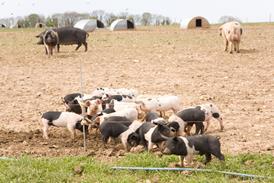
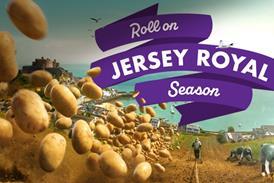


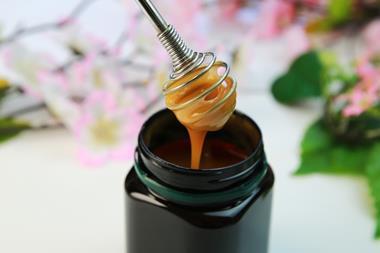
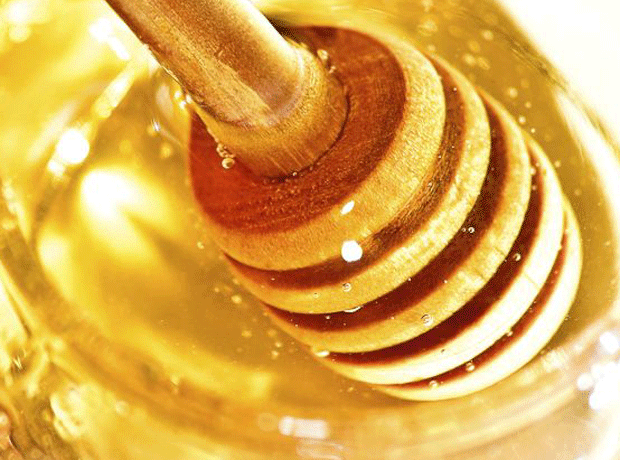
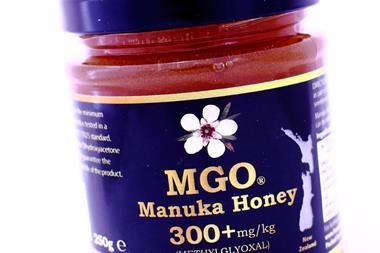









No comments yet